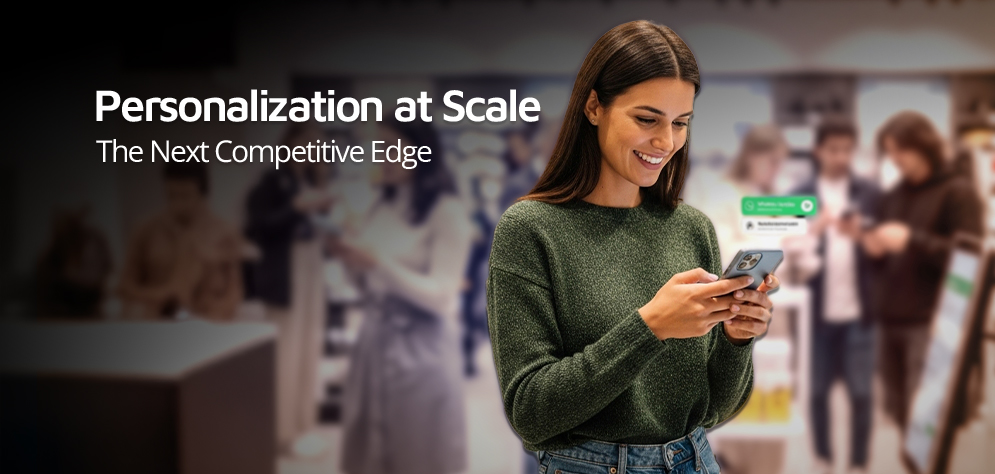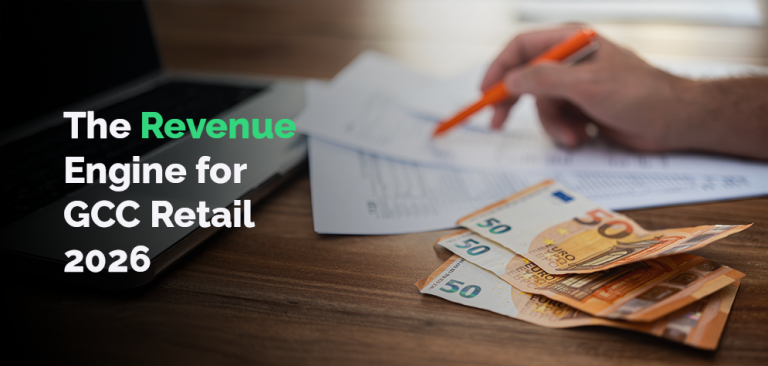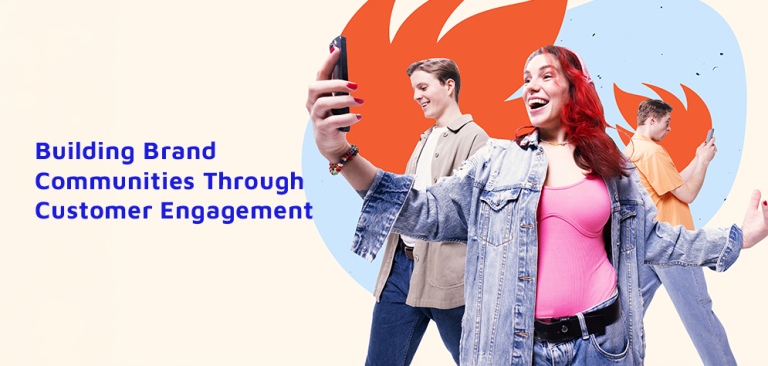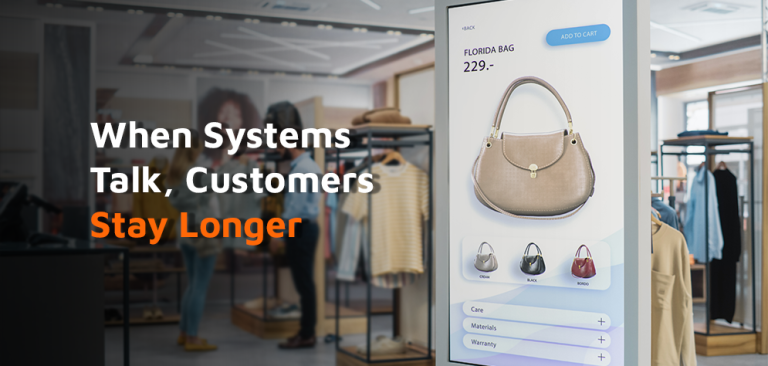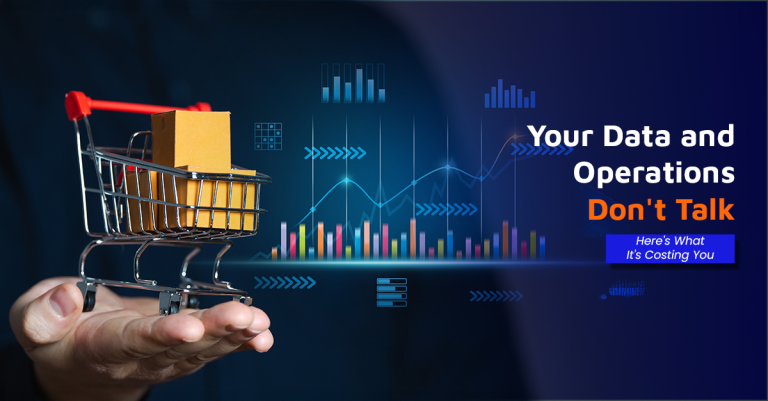Every shopper is now a segment of one.
Streaming platforms know what you’ll watch next. Music apps build entire soundtracks around your mood. And e-commerce experiences, especially post 2024, are expected to feel just as relevant.
But most Retail Brands still rely on batch campaigns, rigid segments, and recycled discount codes. The gap between what customers expect and what they experience is growing fast.
According to McKinsey, companies that personalize effectively grow 40 percent faster than those that don’t.
So, the question isn’t whether to personalize. It’s whether you can do it at scale, with speed and meaning.
What’s Fueling the Shift?
Several changes are raising the bar:
- Attention spans are shrinking.
- Product discovery is often algorithmic.
- Customers expect consistency across every touchpoint.
- Personalization is now tied to identity and timing, not just name fields.
If your brand still thinks personalization means “Hi, {FirstName}, here’s 10 percent off,” you’re not competing. You’re defaulting.
From Static Journeys to Real Time Precision
We’ve moved from:
- Broad email lists to behavior-based flows.
- Manual rules to machine-learned segmentation.
- Campaigns to continuous nudges across channels.
Modern personalization is:
- Responsive.
- Predictive.
- Designed to evolve daily.
And it works best when connected across loyalty, CRM, commerce, and support.
What the Best Retail Brands Do Differently
1. They Build on Signals
The smartest brands don’t guess. They watch.
- Purchase timing.
- Click depth.
- SKU affinity.
- Exit intent.
These micro signals drive macro results.
2. They Automate with Purpose
If a customer views the same product three times in a week, they get a message that feels tailored, not templated.
If they abandon cart twice, the next nudge might shift channels, not repeat the same CTA.
3. They Design for Omnichannel Orchestration
- The loyalty dashboard updates in app and in store.
- SMS picks up where the email left off.
- WhatsApp messages reflect real time reward status.
Customers don’t care where your data lives. They care if the experience feels connected.
4. They Close the Feedback Loop
The best personalization engines learn as they go.
- Campaigns evolve weekly.
- Segments update hourly.
- Offers adjust based on predicted lift, not just lift reports.
It’s not automation for efficiency. It’s automation for intimacy.
What This Looks Like in Action
Imagine a mid-tier fashion brand.
They used to send the same offers to everyone, every Thursday.
Now:
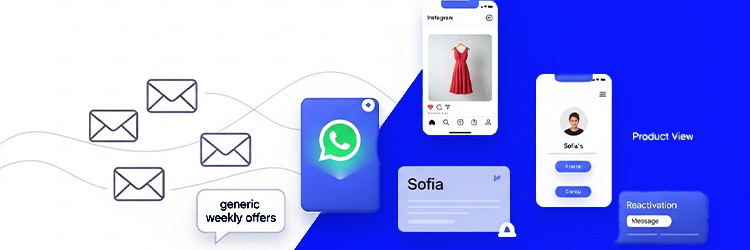
- Sofia browses a spring dress on Instagram.
- Later, she gets a WhatsApp alert offering early access to her size.
- Her loyalty points reflect the action instantly in app.
- After months of inactivity, she reactivates through a message tied to her favorite category.
No personas. No gimmicks. Just personalized timing and relevance.
Don’t Fall for These Personalization Myths
“We don’t have the data.”
You do. It’s just scattered. CRM. POS. App logs. Loyalty scans.
“It’s too complex.”
Start with just two triggers: cart abandon and welcome flow. Then expand.
“Our customers don’t care about personalization.”
If they care about relevance, timing, or value they do.
What’s Next in 2025
Personalization will shift from campaign logic to real time modeling.
- Product discovery will feel like a conversation.
- Offers will shift based on mood, not just margin.
- Loyalty will be driven by recognition, not just rewards.
Retail Brands that deliver this kind of experience won’t just convert. They will retain, recall, and resonate.
Closing Thought
Personalization is no longer a feature. It is a foundation.
Retail Brands that scale it meaningfully will earn trust, not just transactions. And that is the kind of competitive edge you can’t replicate.

